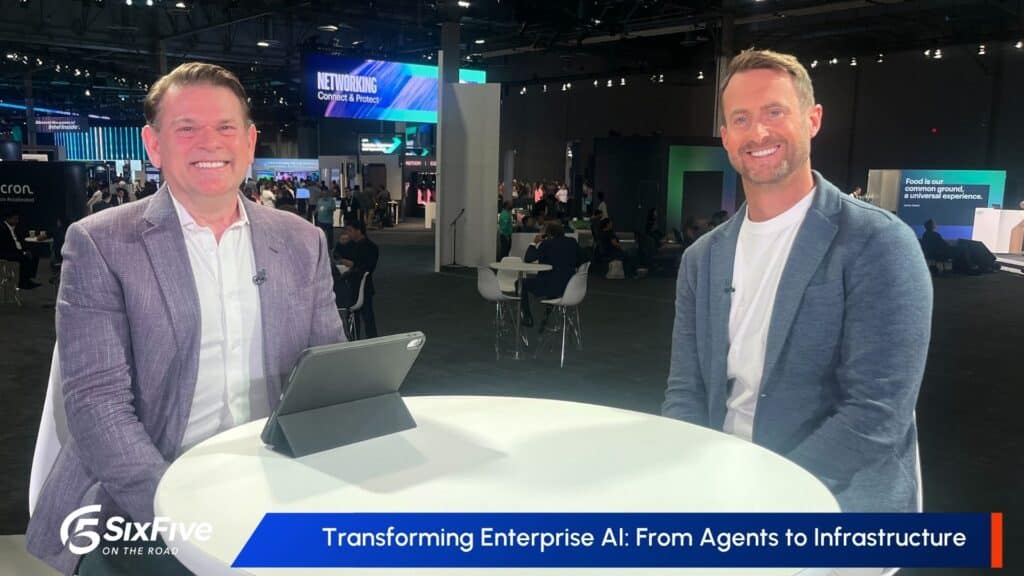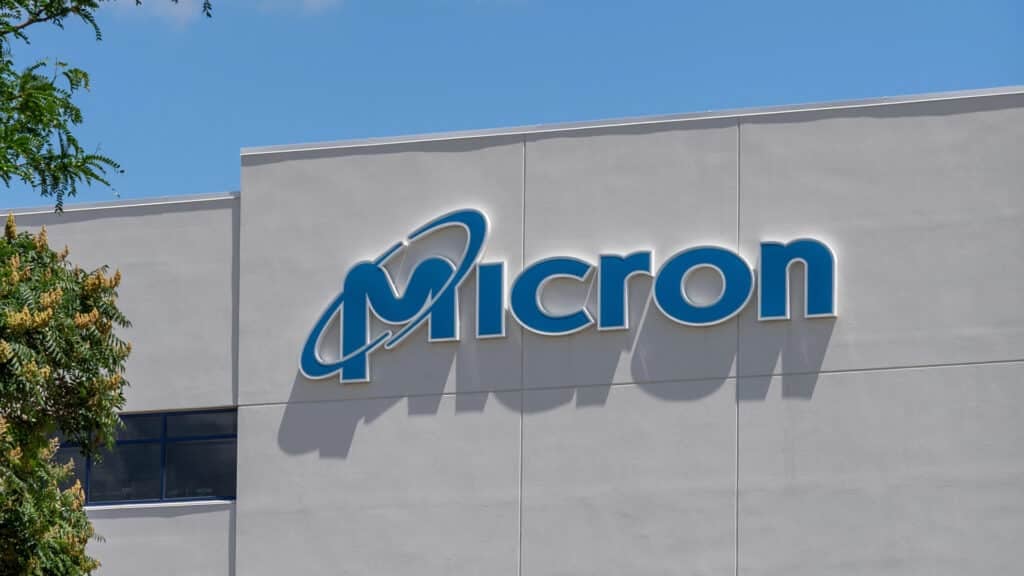The News: Cisco announces its intention to acquire Splunk in a blockbuster $28 billion deal, the largest of 2023. Read the full Press Release on the Cisco website.
Cisco’s Strategic Move: The $28 Billion Splunk Acquisition Unpacked
Analyst Take: Cisco flexed its financial might and rocked the market earlier this month with a power move that will supercharge its pivot to software and cement its position as a market leader in the security and observability landscape. In a deal that has shaken the tech landscape, Cisco Systems has announced its acquisition of cybersecurity firm Splunk for a staggering $28 billion. This transaction, Cisco’s largest to date, underscores its commitment to evolve beyond its networking hardware roots and positions it as a major player in the increasingly important cybersecurity and AI-enabled software sectors.
Diversification and Strategic Alignment
Cisco’s traditional forte has been in networking equipment, a market that has faced challenges such as supply chain disruptions and decreased post-pandemic demand. This deal is a strategic maneuver to reduce Cisco’s vulnerability in this area. CEO Chuck Robbins, who has been steering the firm toward software and services, emphasized that the acquisition concentrates on “security and observability” — two areas with strong spending commitments from customers due to their critical importance.
The two main areas that stood out from the hastily arranged investor call were the annual recurring revenue (ARR) impact and go-to-market (GTM) implications of the acquisition. First, this acquisition will add $4 billion of ARR to the Cisco books and make the deal accretive in the first year. This move is a significant shot in the arm for Cisco’s pivot away from lumpy hardware revenue to a smoother software recurring revenue model. Second, Spunk has been overconcentrated, revenue wise, in North America, and despite its best efforts, has been struggling to develop a channel strategy. These are areas where Cisco excels. The combination of Cisco’s global reach and well-established channel network with Splunk’s products makes me confident about the ability for this transaction to hit its key performance indicators (KPIs) and delight shareholders in the years ahead.
Financial Implications
Cisco’s offer represents a 31% premium on Splunk’s last closing price, a sign of Cisco’s aggressive pursuit with a per-share price of $157. Although Splunk shares surged by more than 21%, Cisco’s stock took a 4% hit, perhaps indicative of market reservations about the deal’s regulatory aspects and its short-term impact on Cisco’s financial trajectory. Yet, the acquisition is expected to improve Cisco’s gross margins in the first year and non-generally accepted accounting principles (GAAP) earnings in the second, suggesting a long-term strategic fit.
The AI Angle
A data observability and cybersecurity leader, Splunk brings valuable AI capabilities that align closely with Cisco’s new focus. The technology from Splunk will enhance Cisco’s AI-enabled security suite, from threat detection and response to prediction and prevention. However, AI is not material to this acquisition.
I spoke to several journalists about this deal, and all asked me about the AI angle. For me, AI is part of the product story but not a driver for the overall deal. The industry is AI-obsessed right now, and every move needs to have an AI dimension to align with the industry narrative. Do not get me wrong, at its recent conference, Splunk leaned into AI both in its core products and at the edge. In the investor briefing, both companies were keen to highlight that Splunk recently took $500 million of AI-driven orders but AI is not the main driver for this acquisition.
Competitive Landscape
The security landscape is fragmented, with hundreds of vendors vying for single-digit market share at best. Although Cisco and Splunk are both key players in this market, I still do not envision the announcement giving the newly combined company a dominant position. This outlook is good news for the regulatory approval of this deal, and the potential upside is that Cisco can target when the Splunk capabilities come in house. What the newly infused Cisco will be able to take to market is an end-to-end security story with everything from firewall to threat detection, with solutions in many cases powered by AI.
In the observability space, the situation is more complicated. This space is where Cisco has real work to do when it comes to product integration and developing a solid roadmap. The ThousandEyes, App Dynamics, and Splunk Observability cloud will take skillful product management to craft together into a coherent product roadmap that services the cloud and on-premises needs of the combined company’s customer base. I am sure this integration strategy will be the biggest work item in the clean room over the next 9 to 12 months, and I fully expect Cisco to come out with a solid roadmap soon after the acquisition closes if they don’t tease it before.
Looking Ahead
For Cisco, the acquisition of Splunk is a well-calibrated strategic move designed to address multiple fronts: diversification, competitive positioning, and future-proofing via AI and cybersecurity. The deal has caught Wall Street off guard, but that is the point; it serves as a loud and clear message to competitors and the market at large that Cisco is very much in the game, and it is playing to win.
Although Cisco has traditionally been cautious about blockbuster deals, this acquisition represents about 13% of its market cap — a bold move that signifies Cisco’s urgency to pivot its business model in alignment with emerging tech trends. It remains to be seen how well the integration will unfold, but as of now, the acquisition seems like an astute strategic play that could reshape the technology landscape.
Disclosure: The Futurum Group is a research and advisory firm that engages or has engaged in research, analysis, and advisory services with many technology companies, including those mentioned in this article. The author does not hold any equity positions with any company mentioned in this article.
Analysis and opinions expressed herein are specific to the analyst individually and data and other information that might have been provided for validation, not those of The Futurum Group as a whole.
Other Insights from The Futurum Group:
Splunk Goes All in on AI: New Innovations to Enhance Security, Customer Experience, and Visibility
Splunk Announces Q1 2024 Earnings
The Six Five On the Road at VMware Explore 2023 with Lenovo’s Robert Daigle and Blake Kerrigan
Image Credit: Cisco
Author Information
Steven engages with the world’s largest technology brands to explore new operating models and how they drive innovation and competitive edge.





